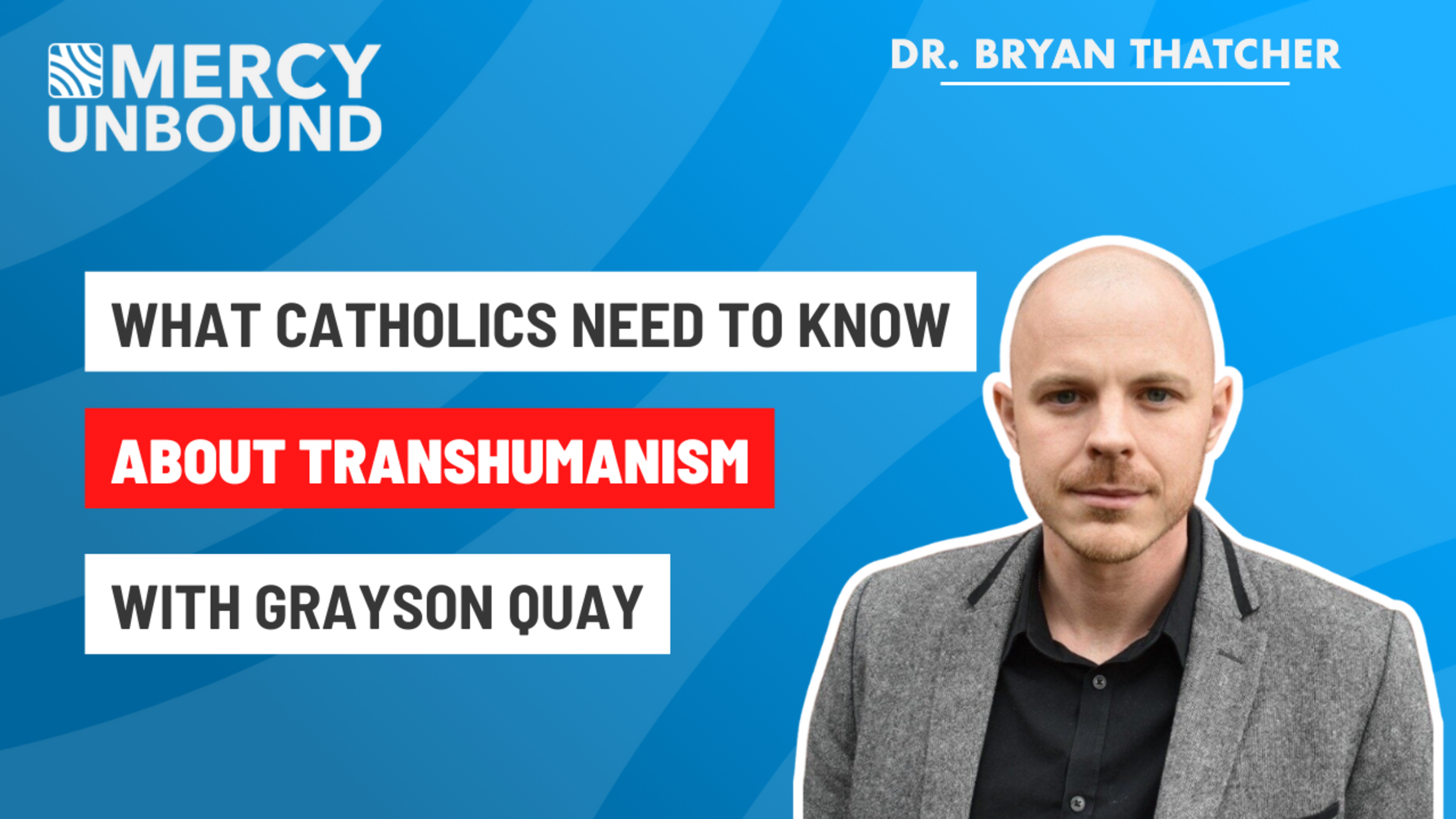Episode 75 with Fr. Thomas Loya
Father Thomas Loya is a Byzantine Catholic priest and pastor of Annunciation Byzantine Catholic Church in Homer Glen, IL, outside of Chicago. He has a program on EWTN Radio on Sunday evenings called, “Light of the East.”
Today he will share with us his thoughts on the Eastern Catholic Churches and their relationship to the Roman Catholic Church, the importance of iconography, and also some interesting little-known facts regarding the image of Divine Mercy and Mercy Sunday.
Eastern and Latin Rite
Father talks of the schism of 1054 and how Pope St. John Paul II wrote the apostolic letter Light of the East (Orientale Lumen).
Father discusses the Roman Church and the Eastern Churches as the “two lungs” of the Catholic Church. After the schism, Rome was the head of the Latin Church, and the Eastern Churches had four heads: Antioch, Jerusalem, Constantinople, and Alexandria. There are currently 21 different churches that, in communion with one another and with Rome, make up the Catholic Church.
Icons and Iconoclasm
Icons are two dimensional pieces of religious artwork that provide a “window to heaven.” They are deeply symbolic in their use of figures, colors, and pattern. They make God visible and present through art. He shows a beautiful icon of the Trinity and explains some of the symbolism present.
Divine Mercy Sunday and the Image
The Lord first appeared to St. Faustina on February 22, 1931, and that day in the Eastern Byzantine tradition was the Feast of Sacred images and Holy Icons. In addition, Divine Mercy Sunday in the Latin Church is the feast of St. Thomas (the doubting Thomas). The readings are about God’s mercy, and the icon of Jesus with St. Thomas has similarities to the image of Divine Mercy.
You can view some of Fr. Loya's iconography at his parish website https://byzantinecatholic.com



